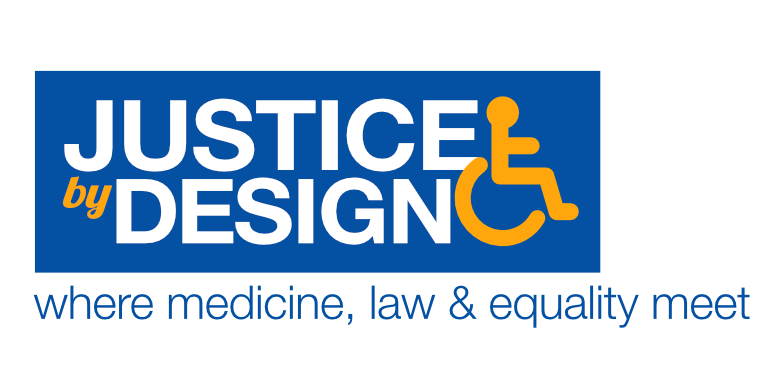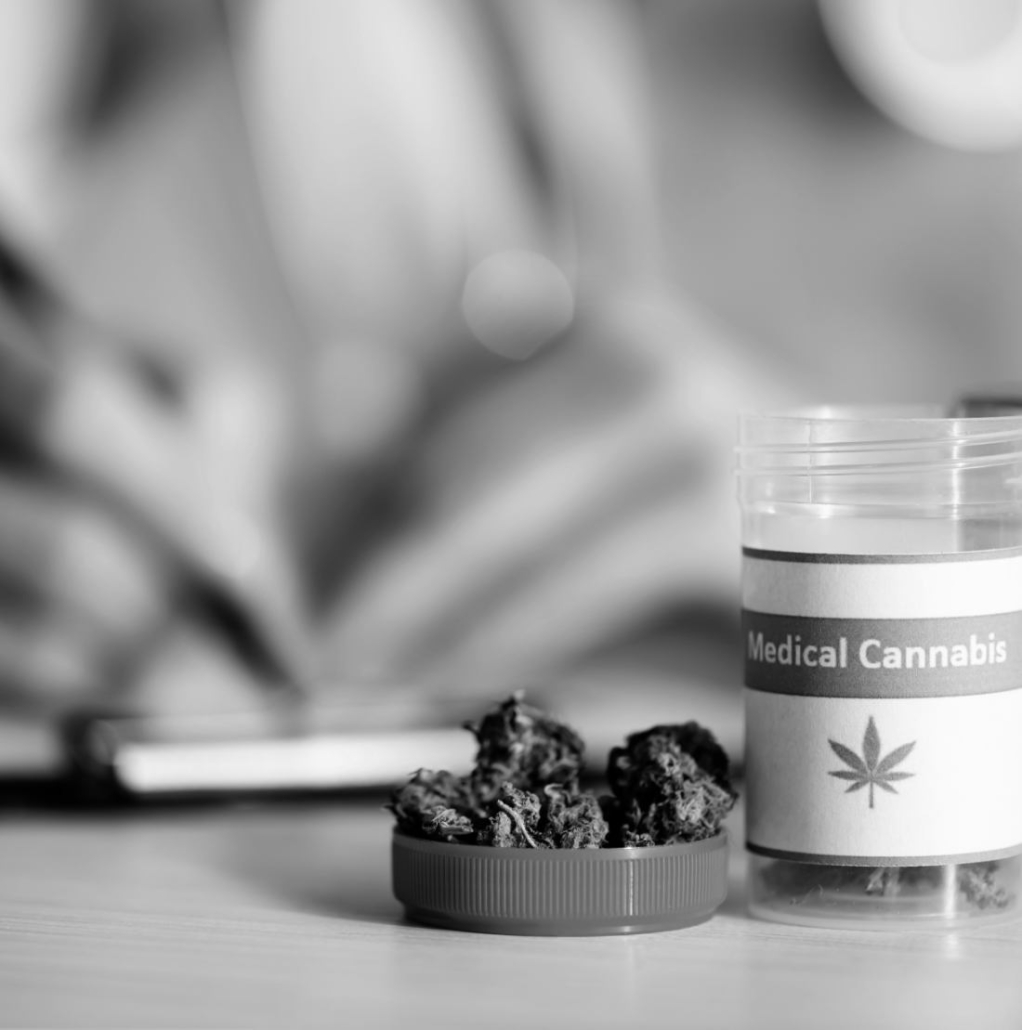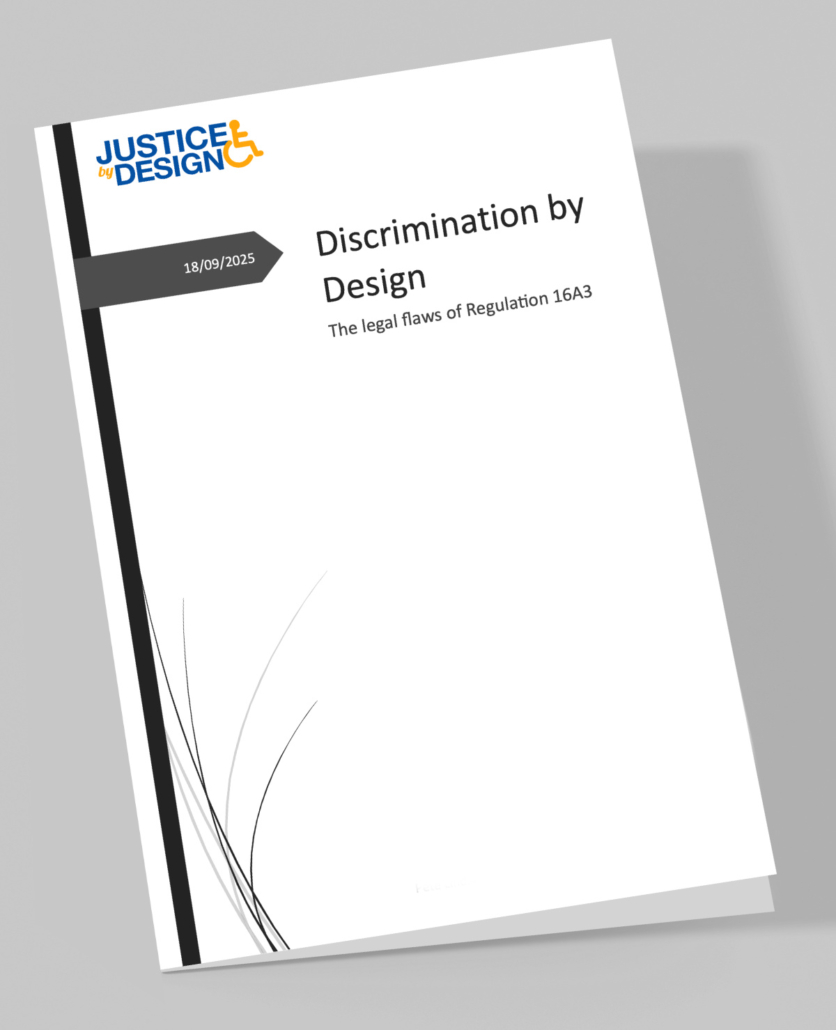1) What is the clinical rationale for smoked medication delivery?
The clause was inserted during the 2018 drafting process without accompanying equality analysis or consultation.
It created an internal contradiction within the Misuse of Drugs Regulations 2001 that persists today.
2) How does current law constrain professional judgement?
Regulation 16A(3) prohibits clinicians from prescribing the only form that may be clinically appropriate.
The briefing examines how this fetters clinical discretion and exposes prescribers to ethical conflict.
3) Does prohibition of smoked delivery align with GMC and NICE guidance?
Professional standards require treatment based on individual need and best evidence.
The analysis compares regulatory barriers with duties under GMC Good Medical Practice and NICE principles.
4) What are the patient-safety implications of enforced substitution?
When patients are forced onto slower or less effective routes, risks rise – including loss of symptom control and relapse to illicit sources.
5) How can policy evolve to support evidence-based prescribing?
Annex E outlines options for regulatory reform: controlled-use licensing, monitored prescribing, and equality-compliant revision of Regulation 16A(3).


